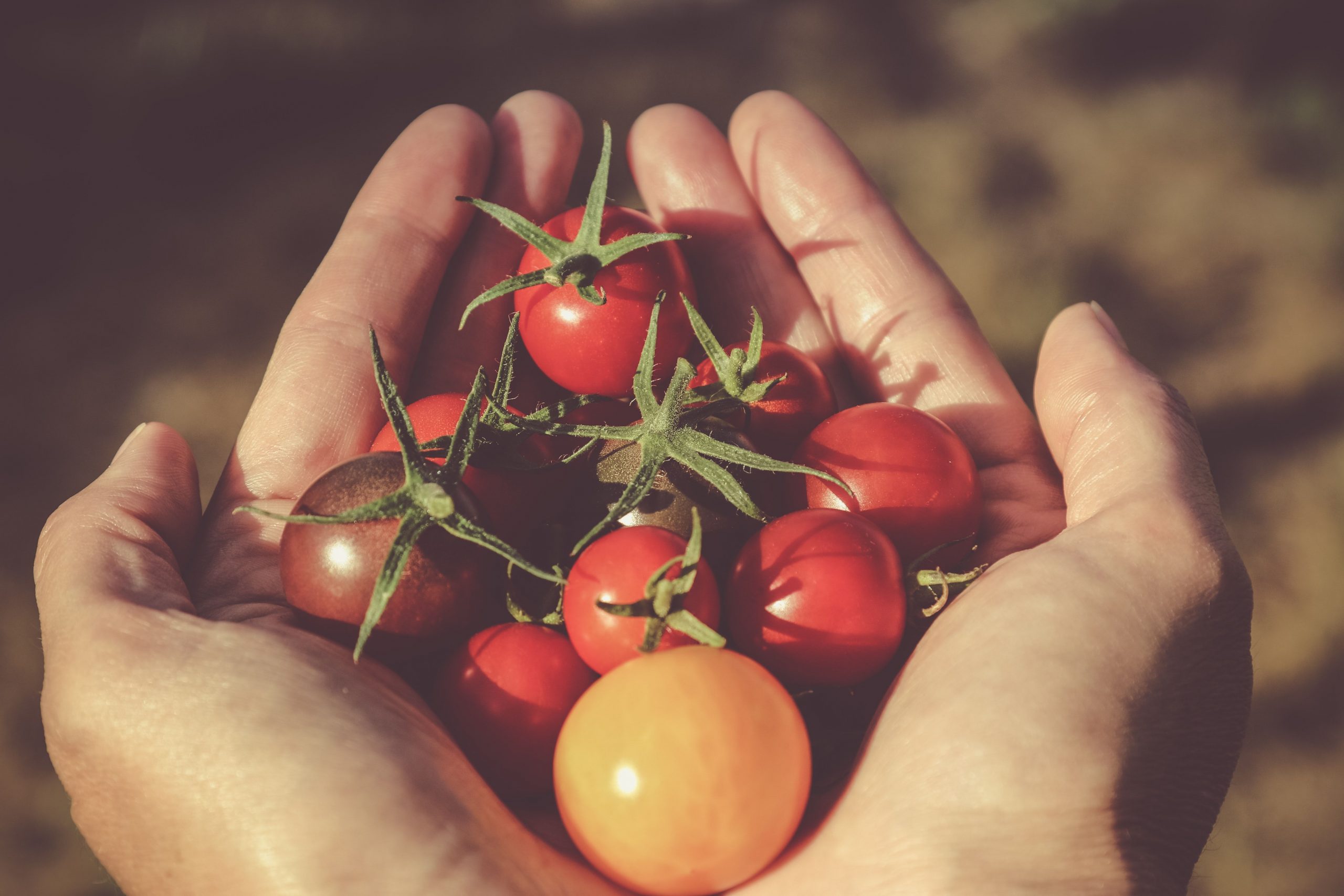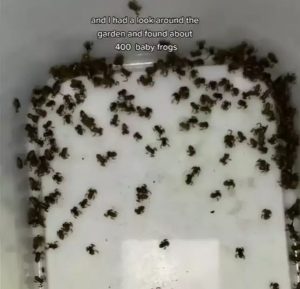Are the spots on the foliage of your tomatoes frustrating you? Disfigured tomatoes tend to do that. Let this become a reason for you to take up the beginner’s course in tomato disorders and diseases.
According to a NYT report, C Andrew Wyenandt – an extension specialist in vegetable pathology at the Rutgers New Jersey Agricultural Experiment Station – said if you can learn to identify certain diseases and pests this year, you’ll get even better results next year.
Also Read | Maha: Tomato-laden truck turns turtle in Thane; one injured
The first lesson deals with biotic diseases. These are caused by bacteria, viruses or fungi, leading to failure in pollination or even over fertilisation.
Furthermore, pests like tobacco hornworms eat up the foliage from the stem before you even notice and leave dropping behind. Inspecting your plant is imperative because they are also in danger of being ravaged by smaller anthropoids in hot and dry conditions. If you notice bronzing of the upper leaf surface or webbing, it is time to check the undersides to catch the culprit. Even a consistent watering schedule goes a long way in ensuring that your tomatoes stay out of trouble.
Spot Observation
Two of the most common fungal diseases that need to be looked out for are Alternaria and Septoria leaf spot.
Alternaria starts from the bottom and moves to the top while causing dark-coloured lesions that drop prematurely after turning yellow. The spots observe concentric rings inside them as they grow, leading to an infection in the stems and shoulders of the fruits.
On the other hand, Septoria observes smaller, circular spots that sport grey or tan centres and dark brown edges.
Both Alternaria and Septoria are soil-borne fungi. “You may see some disease on lower leaves,” Dr Wyenandt told the New York Times. “And then it rains, splashing spores higher up the plant, and then again even higher. The cycle will continue as long as the weather is conducive to disease,” he added.
Also Read | Add these superfoods to your diet for weight loss
To manage them, a layer of mulch should be included at planting time and the crop rotation method should be applied, with a minimum of 3-year-rotation.
Finally, mark the end of the season by removing tomato debris and composting or burying it.
Late blight woes
Late blight in tomatoes doesn’t happen every year. Caused by Phytophthora infestans, the disease results in circular dark and greasy spots on foliage during hot, humid and rainy weather. The plant should be destroyed immediately if these are observed.
Care check-list
As much as it is essential to take care of the plants, tomatoes require a bit of an extra effort but it’s worth it. Rotation of the tomato bed, mulching and consistent watering should be your mantra. Also, how about practising practice picking? If you sense that it’s going to rain, pick a fruit that you think has started changing the colour and let it ripen on its own.







